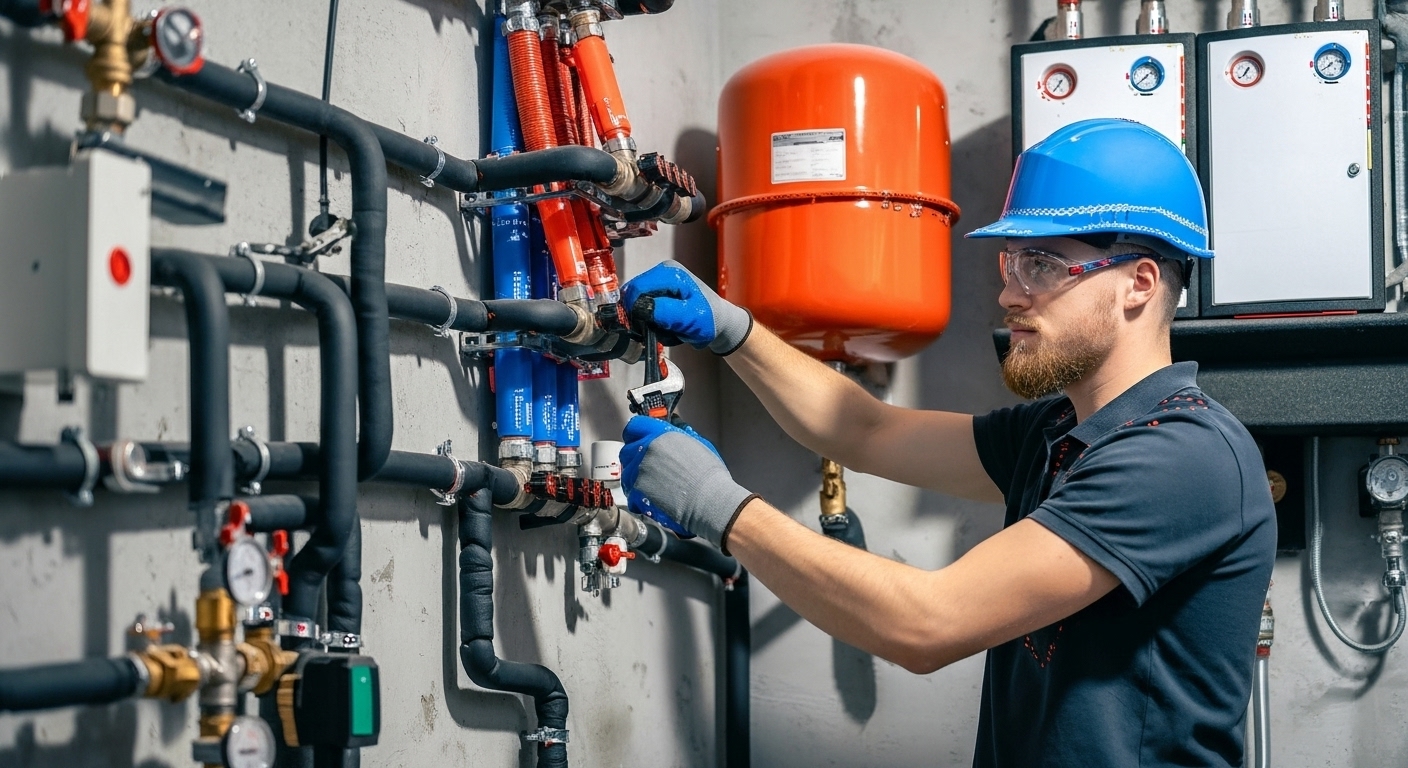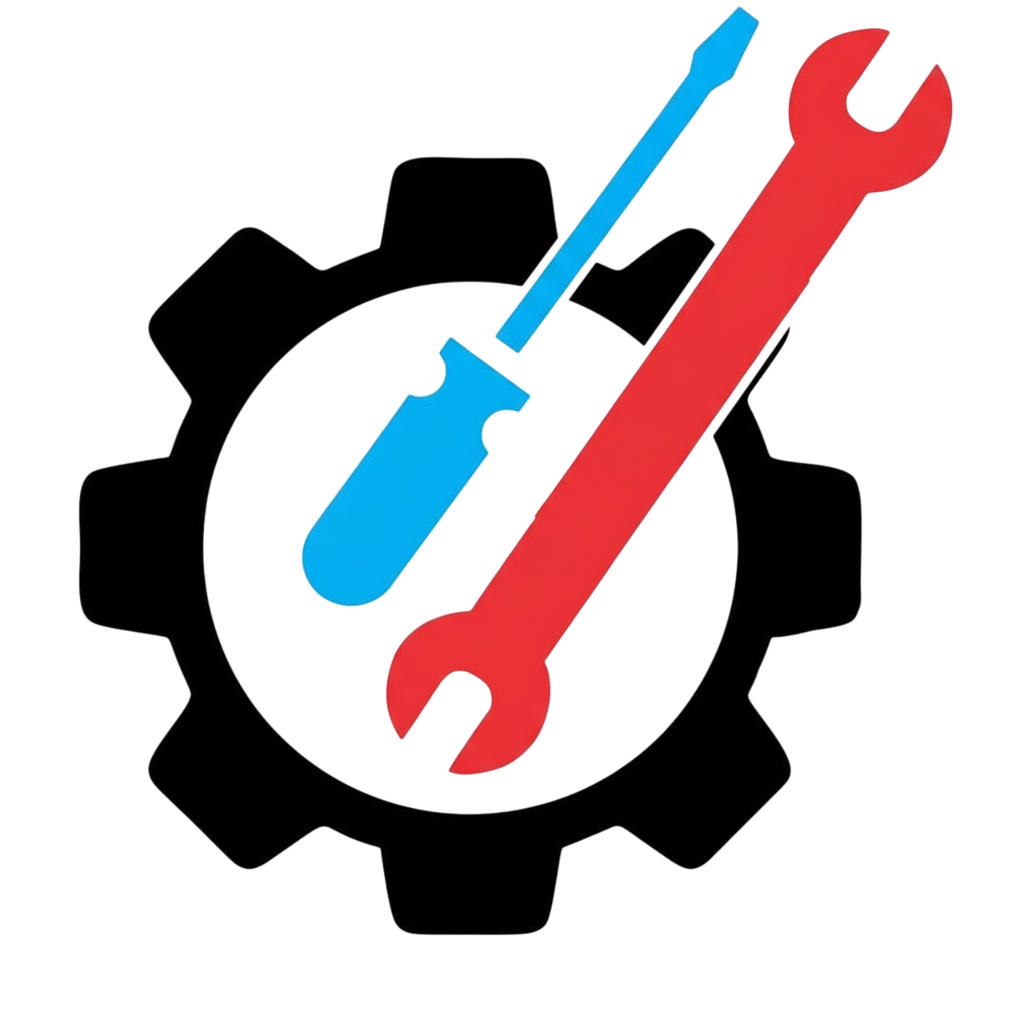
Understanding Pipe Fabrication vs. Pipe Fitting: What's the Difference?
Posted by Shahid Abbas on October 2nd, 2025
Two Sides of the Same Coin
In the world of industrial construction, the terms 'Pipe Fabricator' and 'Pipe Fitter' are often used, but they represent two distinct and equally important roles. While both work with pipes, their primary functions and work environments are different. At Ashtar Trade Test & Technical Training Centre, we offer distinct courses for both Pipe Fabricator and Pipe Fitter roles.
The Pipe Fabricator: The Creator
The Pipe Fabricator typically works in a workshop or a dedicated fabrication yard. Their job is to take raw pipes and fittings and create the finished 'pipe spools' according to engineering drawings (isometrics).
Key Responsibilities:
- Reading and Interpreting Drawings: A fabricator must be an expert at reading complex isometric drawings to understand the exact dimensions, angles, and components required.
- Cutting and Beveling: They use various tools, from grinders to plasma cutters, to cut pipes to the precise lengths needed and prepare the edges for welding. Our Pipe Bend Calculator is a great tool for planning these cuts.
- Assembling: They assemble the cut pipes with fittings like elbows, flanges, and tees, tack welding them together to create the final spool.
- Quality Control: They perform dimensional checks to ensure the fabricated spool matches the drawing perfectly before it is sent for final welding.
Think of the fabricator as the artist who creates the pieces of the puzzle in a controlled environment.
The Pipe Fitter: The Installer
The Pipe Fitter, on the other hand, works primarily on the construction site ('in the field'). Their job is to take the fabricated pipe spools and install them to create the complete piping system.
Key Responsibilities:
- Positioning and Rigging: They are responsible for safely rigging and maneuvering large and heavy pipe spools into their final position, often at great heights or in tight spaces.
- Aligning and Bolting: They align the spools with other parts of the system or equipment (like pumps and vessels) and bolt the flanges together, ensuring a perfect, leak-free seal. The Pipe Offset Calculator helps in planning these alignments.
- Field Welds and Cuts: Sometimes, adjustments are needed on site. A fitter must be skilled in making field cuts and preparing joints for 'field welds' or 'golden welds' that connect different sections of the system.
- Installing Supports: They install the various hangers and supports that hold the piping system in place.
Think of the fitter as the master builder who assembles the puzzle pieces on-site to create the final structure. At Ashtar TTC, we offer specialized training for both career paths, recognizing that a successful project requires the skills of both a fabricator and a fitter, as well as those of a Mechanical Fitter.
